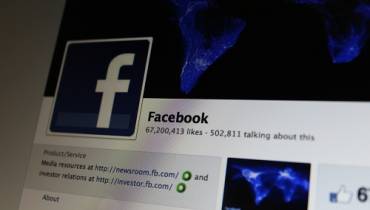PSTN Switch-Off: Businesses Urged to Prepare Ahead, Keep Faxes Going

Public switched telephone networks (PSTN), the analogue lines that kept us connected since the 19th century, are being switched off across Europe and the rest of the world is poised to follow suite. In the UK, PSTN will reach the end of life in December 2025. This turn-off of legacy infrastructure is necessary to propel us into the digital era.
With new, faster and better-equipped alternatives such as broadband internet connection and voice over internet protocol (VoIP) available, PSTN is no longer fit for purpose, says Scott Wilson, Vice President, Sales & Service at eFax, a digital cloud-faxing solution widely used in the US, Canada, Europe, and Asia-Pacific.
“The [legacy] infrastructure is expensive to maintain, and the technology itself is not suitable for the massive demands placed on it by our digital lives. On top of that, new, faster and better-equipped alternatives, such as voice over internet protocol (VoIP) are available,” says Scott.
While this switch-off process is being led by carriers and telecoms providers, businesses have a duty to themselves to ensure that they do not lose access to vital comms tools. Businesses must be careful to navigate the transition from PSTN to VoIP without disrupting those channels completely.
For those businesses that are anticipating or still going through PSTN switch-off, it is worth considering where the changeover has been less successful and seeing where those that have already completed the migration have struggled.
Germany’s PSTN switch off, for example, while largely successful, faced several issues impacting fax and security, fire prevention, and more. Fax, while often overlooked, is still a critical part of many organizations’ communication channels, says eFax.
In fact, according to eFax, business should get prepared well in advance for the migration from copper cables to faster fiber connectivity and look to Germany to appreciate that fax is now a critical IT tool.
Fax is now a critical IT tool
“It is all too easy to assume that just because most people do not use a particular tool or service, no one else does either. Yet fax is a critical part of many organisations’ communication channels. However, when it comes to corporate oversight, quite often something like fax is hidden from view,” notes Scott.
As fax has relied upon the phone line for so long, many people, including business decision-makers, may assume that it simply migrates to VoIP when PSTN is switched off.
Rarely do people consider that rather than being one and the same, telephones and fax machines are actually different types of technology using the same infrastructure.
Fax vs telephone – they are not the same
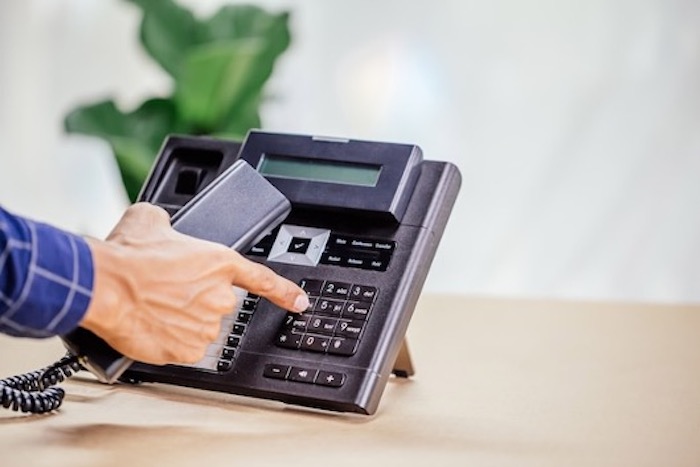
Many people and businesses assume that fax and telephone are the same, but there are several points of differentiation that IT departments need to be aware of as they face the PSTN switch-off:
1. It is not free – Time and time again, fax is seen as free, but it is still very much part of the telephone bill, it just has not previously been split out.
As IT departments wrestle to keep fax going, IT needs to be aware that it is not a new cost, but an old one repackaged.
Whatever solution they chose, they need to factor that in.
2. New infrastructure requirements – As PSTN switches off, many fax machines are going to become redundant.
IT is then faced with finding a digitally-suitable update – if they go down the hardware route, this could be a major undertaking.
That is why the PSTN switch-off offers an opportunity to reduce hardware maintenance costs while still facilitating the use of fax.
3. Different security challenges – As the world becomes more security conscious, businesses are waking up to the fact that the human factor is quite often the cause of many breaches, whether intentional or not.
Many people make the mistake of thinking that legacy fax is a secure method of communication, with the result that fax machines send confidential data all the time.
While the actual method of delivery may have been secure, most fax hardware is in the centre of an open-plan office, and how many recipients wait for faxes to come through? Important information can be left out in the open for some time.
Plus, the assumption that fax is secure can lead to issues when the technology is integrated with wider systems, with many organizations overlooking how attackers could use unsecured fax machines to access corporate networks.
If businesses are going to continue with fax in the post-PSTN world, they need to be clear on how they are securing it.
4. The migration challenge – Often there is no central oversight of the use of fax within a company. That is why IT needs to audit the entire organization for the use of fax before it goes ahead with a PSTN switch-off.
IT will need to be prepared for a lack of understanding and knowledge – at one enterprise, a company-wide request for fax machines to be logged with IT led to many being left in the IT center over the weekend, with no indication of where they had come from or how much they had been used.
Hybrid environments needed to support cloud-native and legacy applications
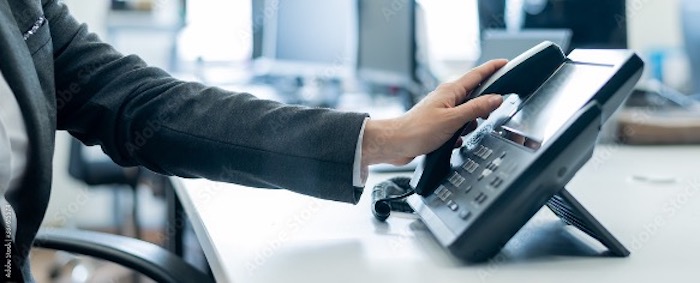
IT managers may well be suited to creating hybrid environments to support both the cloud-native and legacy applications that businesses need to deliver intuitive customer experiences.
Where businesses and IT teams fall short could be their lack of specific functional knowledge to support the migration of non-IT legacy infrastructure, such as the critical understanding of complex communication networks.
What businesses and IT teams need to be aware of is that there is still a place for old approaches when there is not an adequate replacement. Fax is one of those.
“To see fax as a necessary legacy evil is to miss a major integration opportunity,” says Wilson. “The rise of digital cloud fax offers businesses a best-of-both-worlds solution – a fax-based method of communication that is integrated into the latest digital technologies, including email.”
Digital cloud fax offers best-of-both-worlds solution
Rather than rely on a phone line, digital cloud fax uses any device connected to the internet (whether PC, tablet, or mobile) to send and receive faxes. It transmits emails with faxes as attachments either to physical fax machines or other digital fax services (such as mobile apps).
Documentation is encrypted before it is sent and remains protected through processing and transfer, making it more secure than standard email.
By allowing faxes to be read directly on devices (and digitally archived), overheads such as hardware maintenance and printing costs can be reduced, while having a dedicated fax number is also no longer required.
“It also means that a company’s fax needs can migrate onto its existing IT infrastructure and network – the same cloud servers that support email can be used to deploy digital cloud fax,” adds Wilson. “In doing so, IT departments can avoid costly new investments into new hardware and can focus on auditing fax users and then provisioning the appropriate digital cloud fax solutions as an alternative.










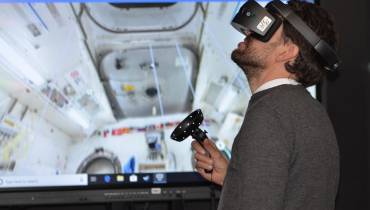
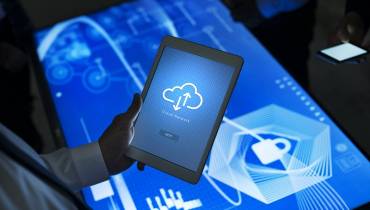

![7 Inspirational Quotes to Uplift You [INFOGRAPHIC] young-woman-inspired-notes-smile-inspiration-quote](/sites/default/files/styles/video_thumbnail_bottom/public/young-woman-notes-smile-inspiration-quotes.jpeg?itok=DqYtOSE1)



